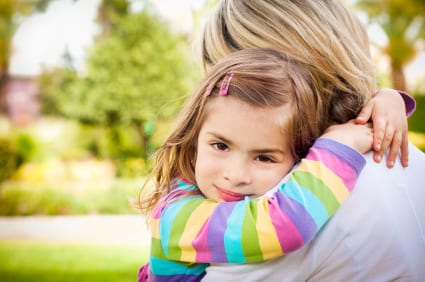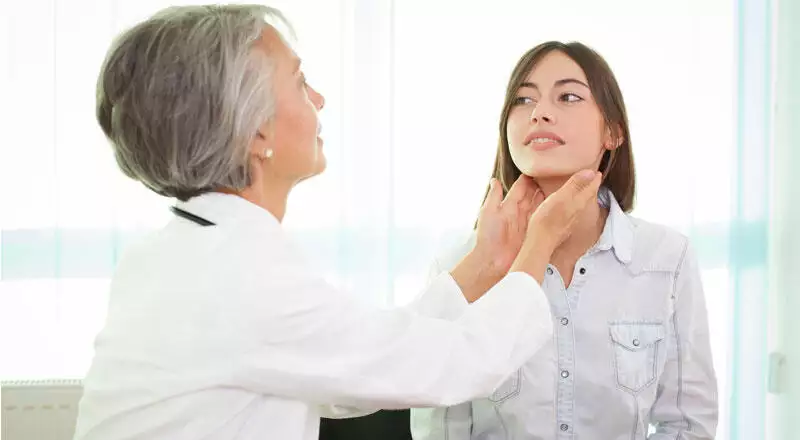 There is nothing better than hugging and snuggling our children – it is an easy way to show your love for them.
There is nothing better than hugging and snuggling our children – it is an easy way to show your love for them.
Some of my most peaceful memories are with my daughter after her evening bath and before she went to bed. She would sit in my lap while I read to her, and I enjoyed the prolonged hug as much as the stories we read. Many parents know that hugging is a very good thing and do it almost automatically; this is how we connect with our kids.
I’d like to reinforce the benefits of hugging by examining the science behind it.
Back in the day, in college during psychology 101, I read about a study focusing on a baby monkey and how he was willing to cuddle with a wire monkey covered in lamb’s skin. He just wanted to have a physical connection while his real mother was absent.
Today, in newborn intensive care units, parents are encouraged to hold their very tiny offspring as it has been shown time and time again that it can lead to improvement in vital signs. It also lowers the stress level of the parents when they make skin-to-skin contact with their infants.
According to an article in Scientific American, children who lived in deprived surroundings like orphanages had different hormone levels then children who lived with their parents. The levels of cortisol, the stress hormone, were higher in kids who lived in orphanages, and it is surmised that lack of physical contact as compared to children living with parents was a key factor. Express your love without using words, simply hug your child often for no reason, make sure they feel loved and connected every day!
Hugging is so important that the Touch Research Institute, at the University of Miami, Miller School of Medicine, was started in 1992. In a recent study on aggression, seventeen adolescents were studied, and it was noted that the massaged teens had lower anxiety and reported feeling less hostile. Their parents perceived them as being less aggressive too. While this is a small study, it makes the point again about touch, in this case therapeutic touch, and its impact on behavior.
When my daughter was growing up, I also massaged her back to get her to relax and go to sleep. It always worked. Now I give back massages to my grandkids, usually when they are restless, before bed or not feeling well. They like the extra attention and I like knowing there is something so simple I can do to help them fall asleep peacefully.
Hugging is understood by all languages and cultures; it goes beyond the borders of the USA. Did you know that there is a National Hugging Day that has become international? There is an Organization that accepts nominations for the Most Huggable People, and provides information on how to hug. This took me back a bit, because I didn’t realize we needed instructions to hug. There is also a global Hug Your Kids Day! Sometimes we get into a routine and forget to hug our loved ones. Now we have an annual reminder to hug, hug our kids and then hug some more. What a great thing!
There are times we really don’t feel like being hugged or hugging. For some women, it may be during their periods or when they are feeling tired from a long day of work and family. If a therapeutic massage is not a possibility, I suggest hugging your child. The hug back that you receive, along with the smile, will help ease some of the stress of your day while adding to your child’s sense of security.
Are you a hugger? What has been your experience when hugging your children?





